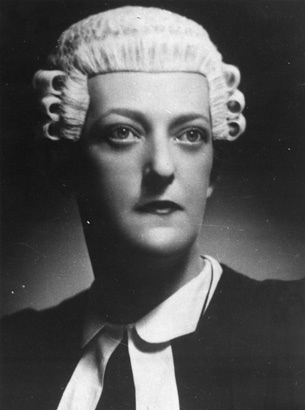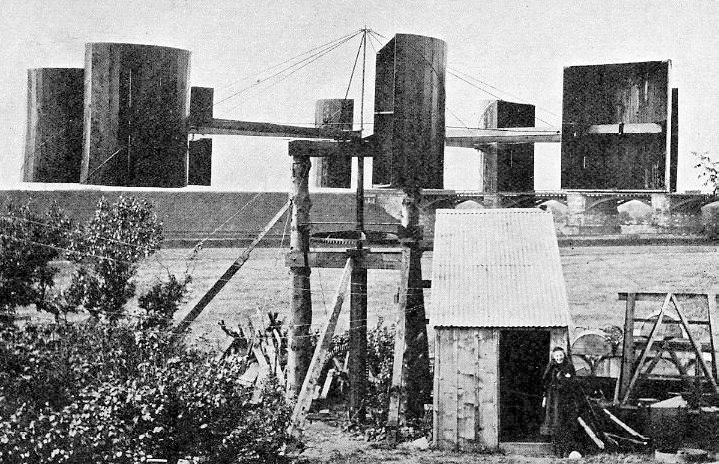 |
My name is Newton. I live on the
Second Floor. |
Recent estimates have solar on 5% of homes in Germany. As a ballpark guess that's 8.5 GW assuming 1.7 million residential systems at an average size of 5 kW.
FiT rates are Less than Retail Electricity Rates
If you install a system in June 2013 the FiT rate you get for each kWh is 15.35 cents/kWh. This is nearly half the retail electricity rate in Berlin - 29.65 cents/kWh. There's a clear financial incentive here to self-consume electricity because every kWh of photoelectricity you use presumably saves you from having to buy a more expensive kWh from the Big Bad Utility. Problem is how do you maximize self-consumption without living and breathing solar and scheduling your life around it? Simple... you automate it.
Break it Down
If you've got a 5 kW system on your roof you'll produce about 4500 kWh per year in Southern Germany. If you wanted to maximize your self- consumption which loads could you most easily automate? Start off with thermal loads and batch loads. Thermal loads have built in storage. A water heater charged up with noon sunshine will be ready to deliver hot water for a post-coital midnight shower.
- XXX Appliance (Average Power Demand, Average Annual Energy Use)
- Heat Pump Water Heater (600 Watts, 1850 kWh/year)
- Clothes Washer (500 Watts, 100 kWh/year)
- Heat Pump Clothes Dryer (600 Watts, 375 kWh/year)
- Refrigerator (800 Watts, 500 kWh/year)
- Dish Washer (500 Watts, 300 kWh/year)
Not strictly Batch loads but deserving of mention
- 2 Laptop (35 to 70 Watts, 200 kWh/year)
- Standby 25 Watts, 200 kWh/year)
The average residential electricity consumption in Germany is around 3500 kWh/year. One might ask, why install a 4500 kWh per year photoelectric system if self-consumption is so damned important? Short answer is... because it's cold in Germany. There's an 8 month heating season and the heating requirements can reach up to 12,000 kWh per year. Germans don't yet heat with electricity like the French do - they burn stuff. If Germany went with heat pumps for
part of their heating requirements the extra heat pump load might look like:
- Heat Pump (variable speed: 500 to 2000 Watts, 1000 to 4000 kWh/year)
Recap: We've got 4000 to 7000 kWh per year of thermal and batch loads that represent 5000ish Watts of max demand.
What does any of this have to do with Capacity Markets in Germany?
If your home is starting and stopping devices to follow your energy production profile then your home is a form of capacity - scheduling capacity to be more specific. Scheduled load is equivalent to schedule generation as far as power system management goes. It's a resource like water behind a dam.
Germany already has 5% of their homes with photoelectric roofs. If the next 5% all add load following abilities in proportion to the added generation that's 5 to 10 GW of schedulable capacity coming into the system. If Germany gets smart and starts mandating schedulable appliances across the board then the capacity effect isn't limited to photoelectric households - all households and businesses will participate and you'll be adding several GW of schedulable capacity a year. Consider here that a non-solar home doesn't need to follow a photoelectric production profile, they can follow a dynamic rate schedule that offers cheap electricity in the dead of night when the wind is blowing full blast. Five years down the road the cheapest electricity of the day will consistently be at solar noon so even the non-solar homes will be following the sun. Millions and millions of heliotropic households. It's a wonderful idea isn't it?
Does Germany need a capacity market? Meh... Doesn't look like it. They need an attitude adjustment is all.













